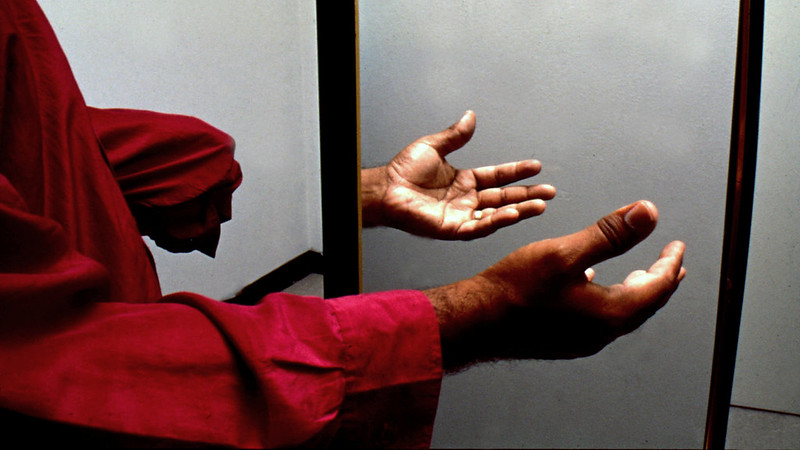Phantom limb pain is an odd phenomenon: people with phantom limb pain feel pain just like any other person would…except the limb isn’t there. Imagine this: someone suffered an accident and had to get their arm amputated. You would think that they would have lost all feeling in their lost limb, but sometimes the exact opposite occurs. Sometimes, individuals feel an itch or pain in an arm, or even finger, that supposedly isn’t there.
“There are a whole host of haunting pains that torment us for reasons we do not understand and that arrive from we know not where – pain without return address.”
The Brain That Changes Itself by Norman Doige.
Despite it being called phantom limb pain, this phenomenon can also be present in individuals who have had their teeth, breasts, nose, or other body parts removed. Phantom Limb Pain (PLP) can be short or long-lasting, and can present itself within the first week after an amputation, or can be delayed until months later. Although the direct cause of this phenomenon remains unknown, the signals for the pain come from the brain and spinal cord. In layman’s terms, when a limb is amputated, the signals between the limb and the brain are ‘disconnected’. As a result of this disconnection, the brain attempts to ‘rewire’ itself. If the brain notices that something isn’t right, it might send pain signals to the area that was rewired. This is why some people, when touching their cheek, might feel the pain in their amputated limb. Additionally, damaged nerve endings can lead to irritation, causing “spontaneous sensations” (Healthline). In addition, those who experienced pain in their limb before the amputation are more likely to experience phantom pain after.
There exists a number of treatments to reduce or even eliminate the phantom pain, including medicines such as antidepressants or opioids, and therapies such as acupuncture and spinal cord stimulation. Additionally, scientists have developed an effective form of therapy that works to reduce such pain, and only requires a mirror.. First proposed by neuroscientist Vilayanur S. Ramachandran in 1996, Mirror Therapy (MT) involves the placement of a mirror such that the affected limb is out of view and the unaffected one is shown. The patients are then asked to do simple activities with their unaffected hand (such as clenching and unclenching their hand) while watching their ‘affected limb’ through the mirror (which is actually the reflection of their unaffected limb). In doing so, “the brain’s preference to prioritize visual feedback over somatosensory/proprioceptive feedback concerning limb position” is exploited (Physiopedia). In other words, even though the brain knows that the feedback isn’t coming from the affected limb, the visual information presented by the mirror overpowers other feedback, ultimately tricking the brain into thinking that the affected limb is still there and working normally.
Although Mirror Therapy can work for small movements and limbs such as arms and legs, the applicability of this form of therapy with regards to other body parts, such as teeth or breasts, is limited. Additionally, “the illusion can easily be broken” (Health Europa) if the patient looks away from the mirror. Thus, virtual reality (VR) is now being studied as a possible means of creating a more “convincing alternative reality,” therefore alleviating phantom pain more effectively. According to Health Europa, when placing small electrodes on the unaffected arm and then recreating the sensation of the affected arm during a VR game, “it feels exactly as if you were using both hands.” With this being a recently new test, virtual reality is still being investigated, but “the results so far look promising” (Health Europa).
After years of confusion about the “pain without return address,” we are finally able to broaden our scope and aid those in need of the alleviation of pain for as many body parts as possible, thanks to virtual reality. Neuroscientists are now able to expand upon ideas made by creative minds including Ramachandran, and guide other neuroscientists in this new direction. It is therapies and tests using mirrors and virtual reality that highlight the importance of utilizing unconventional tools. Who knew that a simple mirror could reduce the “whole host of haunting pains that torment us for reasons we do not understand” (Doidge)?
Bibliography:
Cristol, Hope. “Phantom Limb Pain after Amputation: Causes & Treatments.” WebMD, WebMD, 2021, https://www.webmd.com/pain-management/guide/phantom-limb-pain.
Doidge, Norman. The Brain That Changes Itself: Stories of Personal Triumph from the Frontiers of Brain Science. ReadHowYouWant, 2017.
Kim, Sae Young, and Yun Young Kim. “Mirror Therapy for Phantom Limb Pain.” The Korean Journal of Pain, The Korean Pain Society, Oct. 2012, https://www.ncbi.nlm.nih.gov/pmc/articles/PMC3468806/.
“Mirror Therapy.” Physiopedia, https://www.physio-pedia.com/Mirror_Therapy.
Nunez, Kirsten. “Phantom Pain Symptoms, Causes, Medications, and Treatments.” Healthline, Healthline Media, 20 May 2022, https://www.healthline.com/health/phantom-pain#medical-treatment.
“Phantom Pain.” Mayo Clinic, Mayo Foundation for Medical Education and Research, 11 June 2021, https://www.mayoclinic.org/diseases-conditions/phantom-pain/diagnosis-treatment/drc-20376278.
“Phantom Pain.” Mayo Clinic, Mayo Foundation for Medical Education and Research, 11 June 2021, https://www.mayoclinic.org/diseases-conditions/phantom-pain/symptoms-causes/syc-20376272.
Price, Stephanie. “Using Virtual Reality to Ease Pain from Phantom Limbs.” Health Europa, 6 Apr. 2020, https://www.healtheuropa.com/using-virtual-reality-to-ease-pain-from-phantom-limbs/99130/.
Ramachandran, V S, and D Rogers-Ramachandran. “Synaesthesia in phantom limbs induced with mirrors.” Proceedings. Biological sciences vol. 263,1369 (1996): 377-86. doi:10.1098/rspb.1996.0058Levin, Golan. “Phantom-Limb-Mirror-1920×1080.” Flickr, Yahoo!, 6 May 2014, https://www.flickr.com/photos/golanlevin/14116305802.

